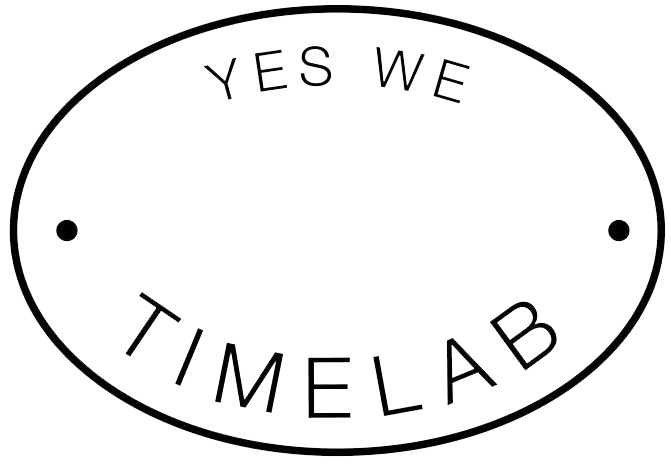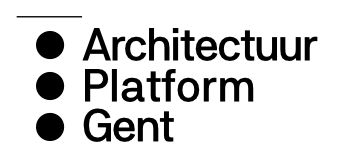Between art and architecture
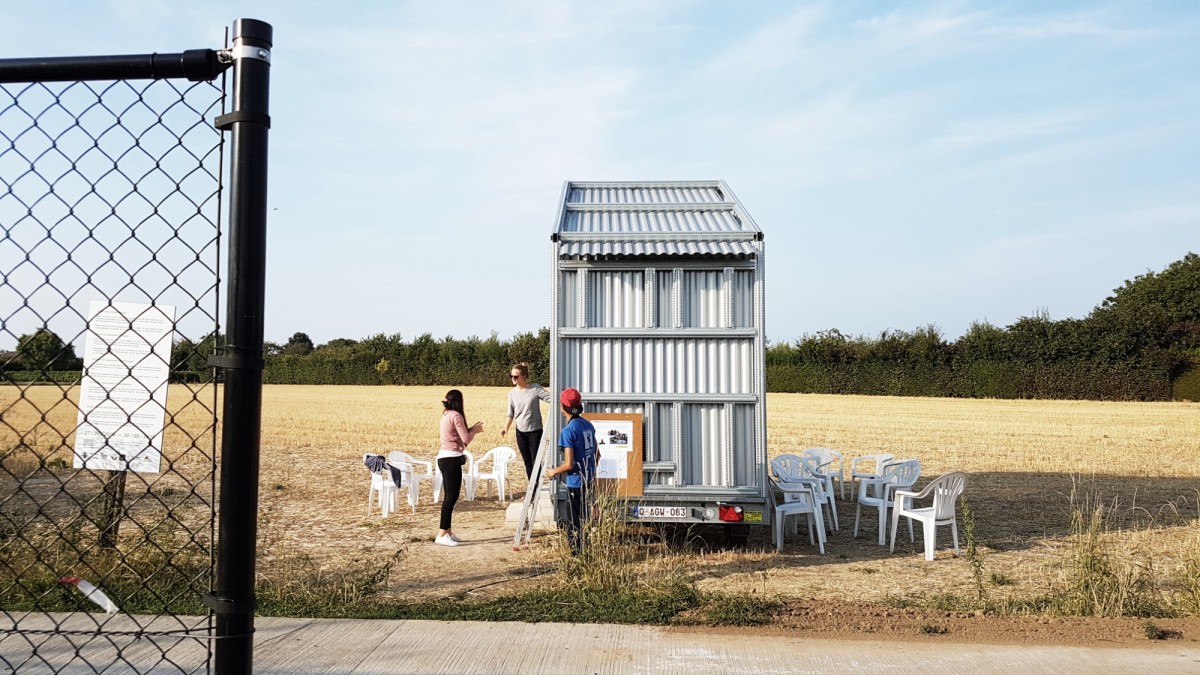 Ciel Grommen
Ciel Grommen
Ciel Grommen works on the border between art and architecture, often in collaboration with others. A regular partner in crime is Maximiliaan Royakkers. Their work as a duo questions existing social, political and ecological dynamics on the threshold of artistic research, education and spatial design. They often take complex social contexts and disturbed landscapes as their starting point. As spatial designers, they aim to weave new narratives into existing contexts. Through extensive fieldwork, spatial interventions and symbolic activities, they test alternative ways of being in-the-space.
“Surprising connections and cross-border encounters are like the power of habit for Ciel Grommen. In her transdisciplinary work, the Brussels-based artist seeks out new social and cultural differences that often lead to misunderstanding and the erosion of solidarity among the masses. Above all, they offer her inspiration and beauty. Ciel’s projects start from inhabiting a place. As a researcher, Ciel assumes a new role, observing habits and customs, entering into relationships with residents and sharing daily life with them. No critical distance therefore, typical of the researcher. But a great personal commitment. Resulting in work at the intersection of visual art and architecture.”
?Birgit Van Asch?
Ciel Grommen (°1989, Sint-Truiden) followed up her studies in architecture at KU Leuven (2012) with a Master’s degree in contemporary art at HEAD in Geneva (2015). Her works have been exhibited internationally, including at Artsonje Art Center, Seoul; Live In Your Head Gallery, Geneva; and Z33 in Hasselt. But even more often they appeared in non-institutional contexts, such as Petit Chateau, the asylum centre in Brussels, her neighbour’s mailbox or the Aldi car park in Borgloon.
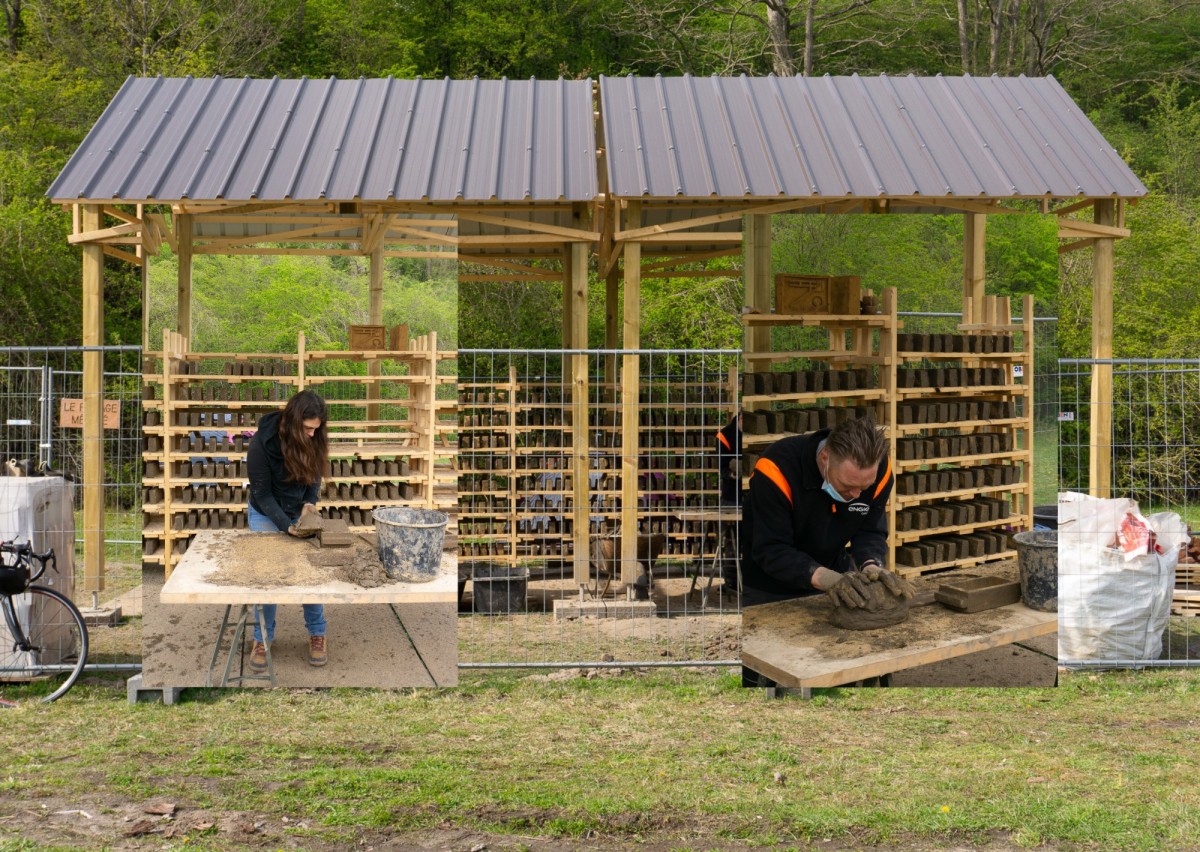 Maximiliaan Royakkers
Maximiliaan Royakkers
 Ciel Grommen
Ciel Grommen
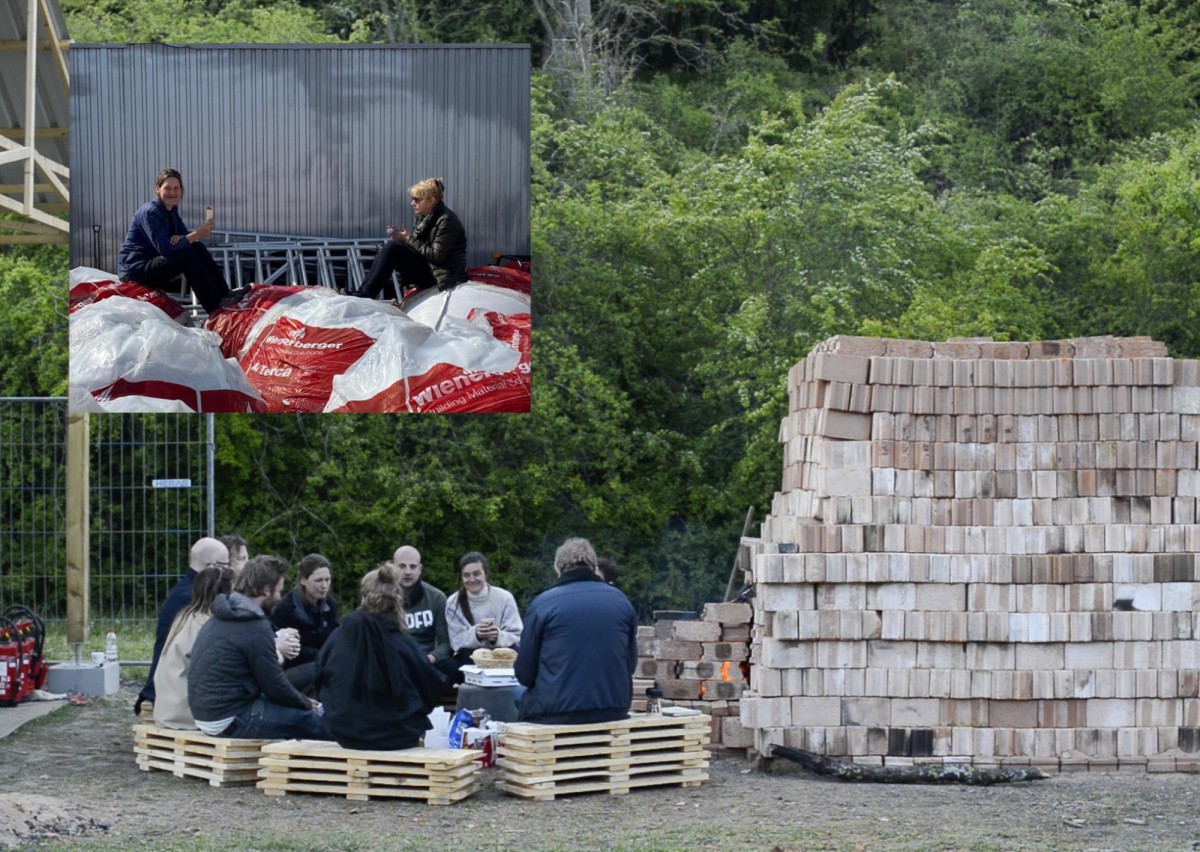 Ciel Grommen
Ciel Grommen
Ciel is currently working on a PhD in the arts within which she is exploring what it means to ‘inhabit’ within our contemporary ‘liquid society’: to stop somewhere, in a particular, well-defined context, and draw attention to it. Unlike how Martin Heidegger defined ‘dwelling’ in 1951, this is a form of dwelling that is not always peaceful, but still productive to some extent. The research is conducted by inhabiting places that challenge our contemporary understanding of dwelling: places under exceptional management, with particular climatic conditions, where there is tension vis-à-vis the fluid market…. It then develops socio-spatial practices that aim to challenge contemporary thinking through an artistic experience.
Maximiliaan Royakkers (°1988, Hasselt) operates his multifaceted spatial practice from Brussels. In his work, he engages to approach our current political, social and ecological dynamics through space. This attitude leads to output of diverse and ever-growing nature: buildings and interventions in space, models and drawings, photography, installations and performances, exhibitions, writing and lectures, studios and workshops, research… He collaborates in a close network of people, places and institutions that develop projects between practice and research.
Maximiliaan extended his studies as an architect at the University of Leuven with a masters at the Studio for Immediate Spaces at the Sandberg Institute Amsterdam. He is a regular contributor to journals and editorial projects (Accattone, Oase,…) and is involved in teaching and lecturing (University of Antwerp, ULB La Cambre Horta, ULiège, Faculty of Architecture of the University of Leuven,…).
Since 2018, Maximiliaan Royakkers has been part of Seasonal Neighbours (founded in 2017 by Ciel Grommen), a long-term research project on seasonal work in the agricultural sector.
Group exhibition RADIATOR
 On 2 December 2022, the exhibition RADIATOR opened at 019, Dok-Noord. This group exhibition i.c.w. JUBILEE-associated artists Clémentine Vaultier and Ciel Grommen & Maximiliaan Royakkers. They share their research Atlas of Ovens, an ongoing joint research project on containers of heat. How and what do we fire, with whom do we share the resulting heat? The artists explore how these infrastructures can transform not only matter, but also our relationships with communities and territories. Part of the exhibition is dedicated to a collection of artists’ stoves and heating systems as concrete metaphors for bringing people together during the exhibition. Inside the building (itself a ‘perforated’ architecture), one heating system after another will operate, shifting the source of heat throughout the winter.
On 2 December 2022, the exhibition RADIATOR opened at 019, Dok-Noord. This group exhibition i.c.w. JUBILEE-associated artists Clémentine Vaultier and Ciel Grommen & Maximiliaan Royakkers. They share their research Atlas of Ovens, an ongoing joint research project on containers of heat. How and what do we fire, with whom do we share the resulting heat? The artists explore how these infrastructures can transform not only matter, but also our relationships with communities and territories. Part of the exhibition is dedicated to a collection of artists’ stoves and heating systems as concrete metaphors for bringing people together during the exhibition. Inside the building (itself a ‘perforated’ architecture), one heating system after another will operate, shifting the source of heat throughout the winter.
